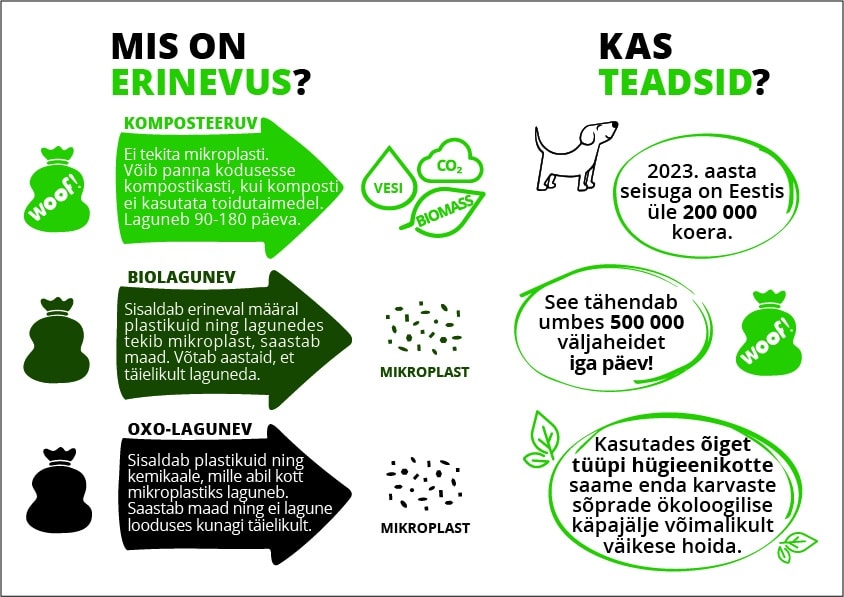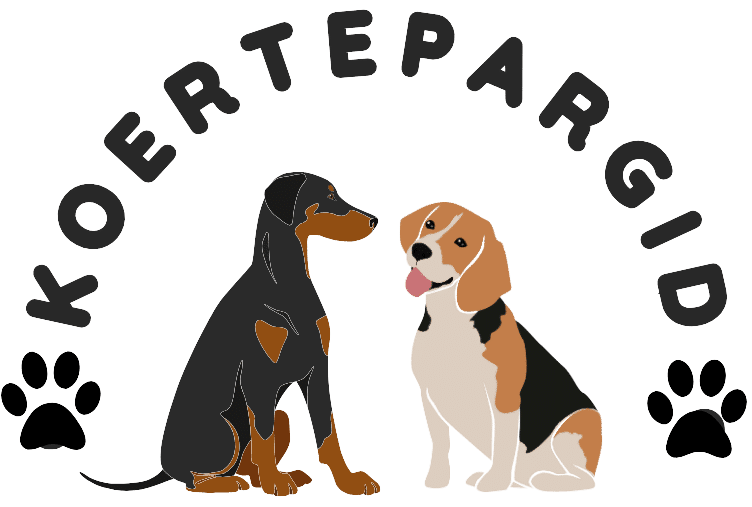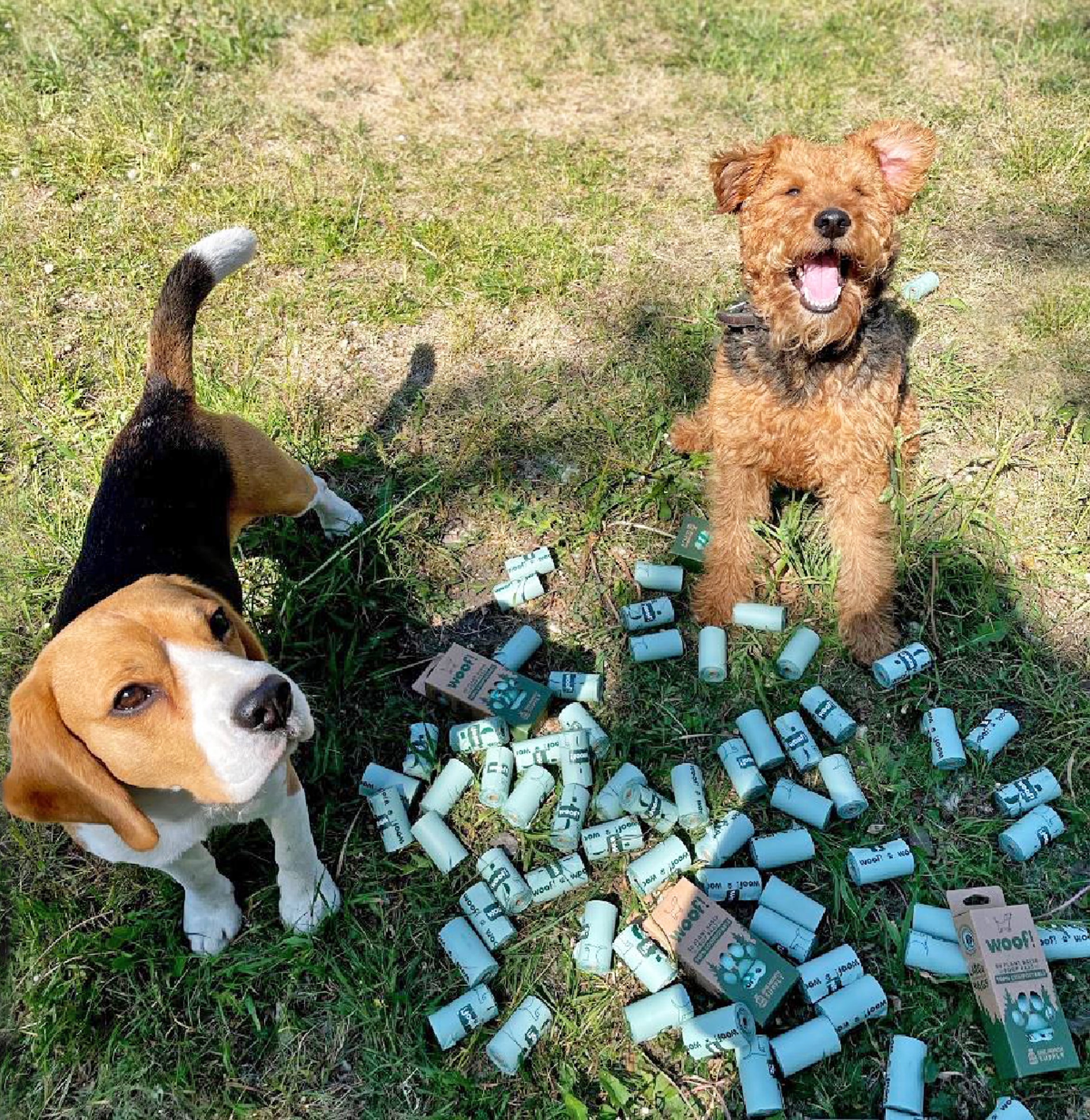In today’s world, where store shelves are filled from end to end with products adorned with colorful messages, each one seeming to promise that it is the best, greenest or most beneficial product in the world. It can be very difficult to understand what is really what. Adding to this the endless lines of various regulations, norms and standards that products must meet, things get even more complicated. Therefore, in this article we aim to provide as simple an overview as possible of the different types of dog waste bags, their differences and important facts to keep in mind when choosing them. To start, we will divide waste bags into three main categories based on the material: compostable bags, biodegradable bags, and regular plastic bags. These categories are further divided into various subcategories, but for simplicity, this article will focus only on the three main types.

Compostable Bags – These waste bags are primarily made from corn starch and do not use plastic in their production. With modern manufacturing methods the durability and properties of such bags are now comparable to plastic bags. In the European Union compostable bags must comply with the standard “EN 13432,” so the packaging must bear the appropriate mark! Compostable bags break down completely under the right conditions and do not leave any harmful residues. However, it should be noted that since these bags do not contain plastic, they can become soft and lose their properties if left unused for a long time.
Biodegradable Bags – “Biodegradable” is a term that is often misused and misunderstood, frequently employed in marketing and advertising for products that are not actually environmentally friendly. It is commonly mistakenly believed that biodegradable bags do not contain plastic. However, this assumption is incorrect. Biodegradable bags are those that can be broken down by bacteria and microbes without human intervention. This does not exclude the presence of plastic in the product, and the breakdown process can result in microplastics that still pollute the environment. Many biodegradable bags are made from “post-consumer recycled plastic” (marked on the packaging as “PCR”), meaning they are made from already recycled plastic and are thus a more environmentally friendly alternative to regular plastic bags. Only products labeled as both biodegradable and compostable are completely free of plastic.
Regular Plastic Bags – These waste bags are generally the most affordable option and they are made without using recycled plastic or plant-based materials. Additionally, regular plastic bags cannot be sufficiently broken down by bacteria and microbes in nature—the process takes hundreds of years and the end result is still microplastics. Often, manufacturers add synthetic additives to the plastic during production, which later aids in the breakdown of the bag. Products with such additives are labeled as “OXO biodegradable” bags. The European Union has recently banned the sale of such plastic bags, so it is advisable to avoid products with this labeling whenever possible.
In summary, we can say that to create a cleaner living environment and reduce the ecological pawprint of our dogs, we can make a more conscious choice when purchasing waste bags: 1) if possible, avoid plastic bags as they never decompose in nature, 2) a better alternative is biodegradable bags made from recycled plastic and 3) the cleanest and most environmentally friendly option is to use compostable waste bags.





